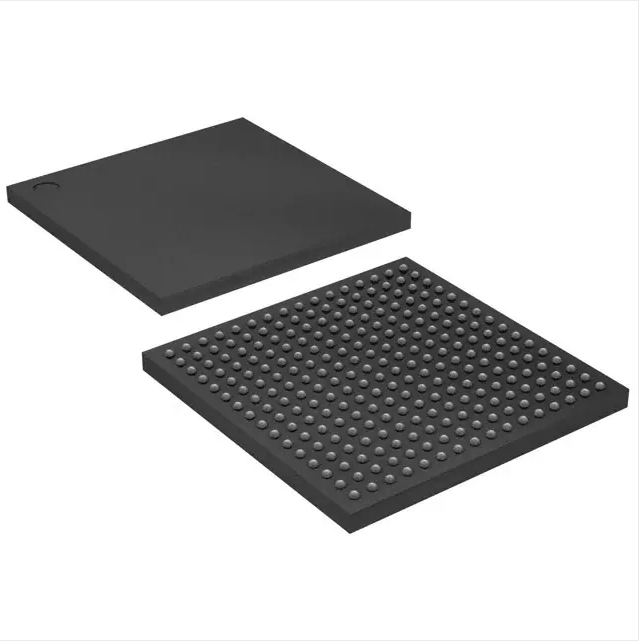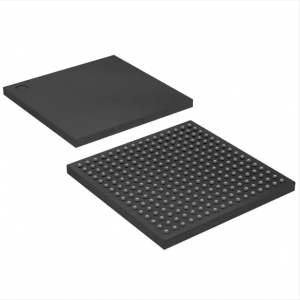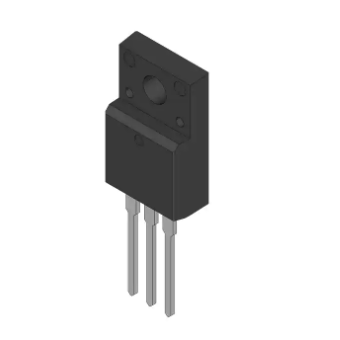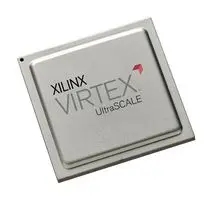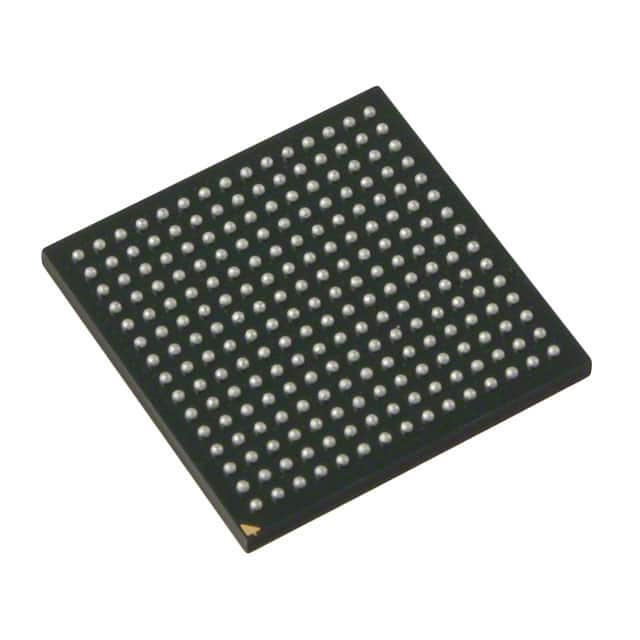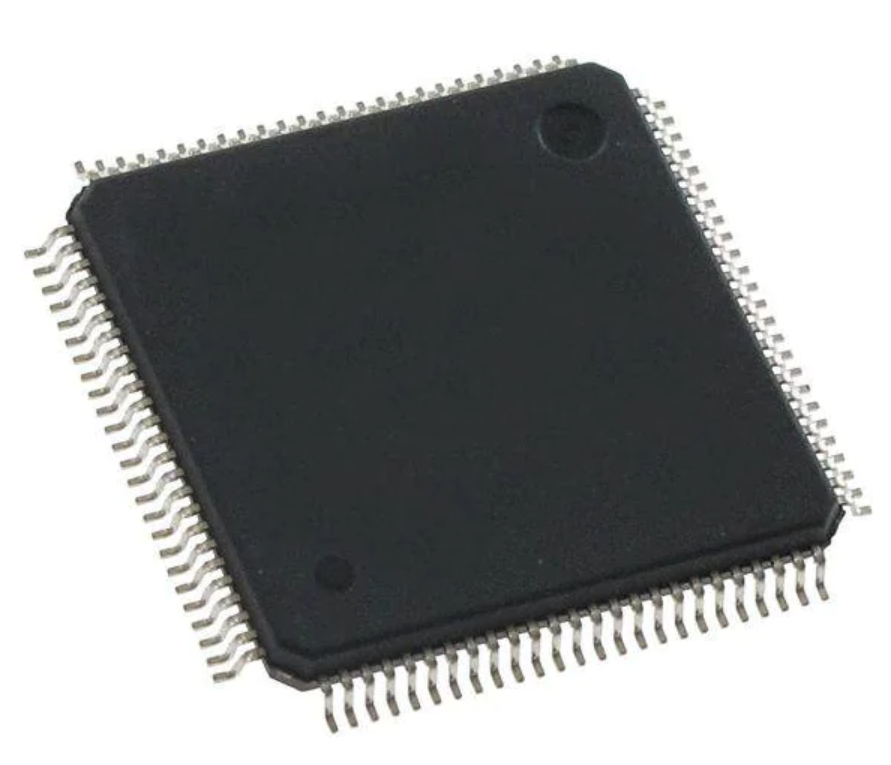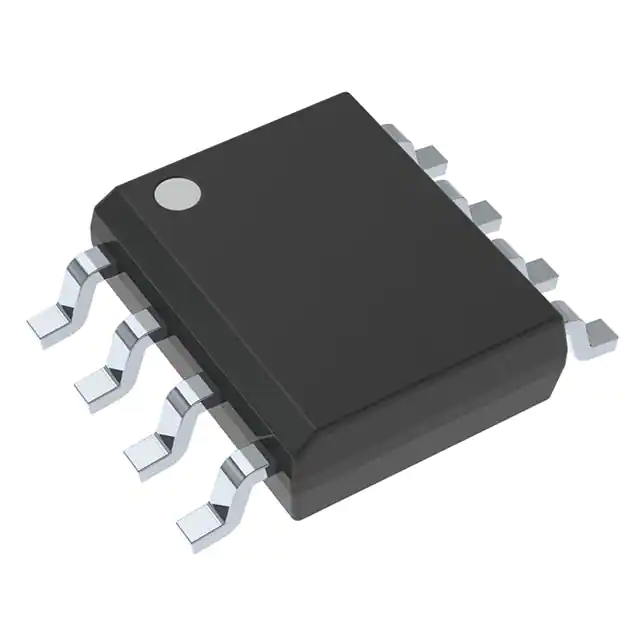New & Original own stock IC Chip XC6SLX25-3FTG256C IC FPGA 186 I/O 256FTBGA
Product Attributes
| TYPE | DESCRIPTION |
| Category | Integrated Circuits (ICs)Embedded |
| Mfr | AMD Xilinx |
| Series | Spartan®-6 LX |
| Package | Tray |
| Standard Package | 90 |
| Product Status | Active |
| Number of LABs/CLBs | 1879 |
| Number of Logic Elements/Cells | 24051 |
| Total RAM Bits | 958464 |
| Number of I/O | 186 |
| Voltage – Supply | 1.14V ~ 1.26V |
| Mounting Type | Surface Mount |
| Operating Temperature | 0°C ~ 85°C (TJ) |
| Package / Case | 256-LBGA |
| Supplier Device Package | 256-FTBGA (17×17) |
| Base Product Number | XC6SLX25 |
AMD takes over Ceres
Mergers and acquisitions are purposeful and have a variety of purposes. They may be for a core technology of the acquired company, to complement the company’s shortcomings in a certain business area and to establish a stronger industry voice, or to expand business across borders and accelerate the pace of development.
Mergers and acquisitions have long been a common occurrence in global business circles, with many cases of big fish eating small fish, snakes swallowing elephants, and joint developments. In the last two years, in particular, it seems that global M&A has become a bit more frequent due to the epidemic, and some industries such as semiconductors have seen some of the largest deals in their history.
Global semiconductor giant Intel completed its acquisition of Tower Semiconductor, an Israel-based company that manufactures semiconductors and integrated circuits for a variety of applications including automotive, consumer products, medical and industrial equipment. As the world’s leading semiconductor IDM manufacturer, Intel’s move aims to enhance its chip supply capabilities and strengthen its industry voice.
It is no coincidence that US semiconductor giants Nvidia and AMD are also seeking to expand their product lines through M&A outreach. Unfortunately, Nvidia’s acquisition of the British ARM failed. AMD, on the other hand, managed to pocket Ceres, a record-sized deal in the chip industry, worth about US$50 billion.
AMD was founded in 1969 and has been at the forefront of semiconductor products for decades through continuous investment in innovation, according to the company. It is worth mentioning that for a long time, AMD was an IDM vendor with IC design, wafer manufacturing, and packaging and testing capabilities.
However, as the semiconductor industry moved towards segmentation and specialization, AMD spun off its manufacturing business in this wave and established Ge-core. At present, Ge-core is the third largest foundry in the world, after TSMC and UMC in Taiwan. Of course, despite its high ranking, Ge-core was spun off from AMD, so the latter is not considered a traditional IDM vendor anymore.
In 2021, AMD achieved full-year revenue of US$16.4 billion, with an operating income of US$3.6 billion and a net income of US$3.2 billion. According to Brand Finance’s 2022 “Top 20 Global Semiconductor Brands” ranking, AMD was ranked eighth in the world with a brand value of US$6.053 billion.
AMD’s acquisition of Ceres is also well-known in the global semiconductor industry. Founded in 1984, Celeris has become the world’s largest FPGA vendor after years of development and accumulation, and FPGAs are commonly known as “Field Programmable Gate Arrays”. FPGA chips are also known as “universal chips”.
In the fiscal year 2020, Ceres achieved revenue of US$3.148 billion, which translates to around RMB 20 billion. Such a scale of revenue is already larger than most domestic semiconductor companies.
As already mentioned, M&A is full of purpose. From the perspective of the development of the global semiconductor industry, the purpose of AMD’s acquisition of Ceres can be divided into two main levels.
The first level, since the establishment of TSMC in the last century, is the semiconductor towards specialization, segmentation, the initial formation of countries and countries, regions and regions between the semiconductor industry chain complementary pattern, in short, a region is responsible for the industry upstream, a region is responsible for wafer manufacturing, a region is responsible for packaging and testing, etc.
However, in recent years, the impact of the US “sanctions” has made most countries realize that if they do not have a complete and competitive semiconductor industry chain in their own countries, their development will be easily constrained by others. Therefore, we can see that Europe is strengthening its semiconductor industry chain, for which it plans to invest more than 43 billion euros to enhance its advanced chip design, manufacturing, and packaging capabilities, and reduce its dependence on American and Asian companies.
China has also been stepping up its guidance over the years, with a lot of capital flowing into the semiconductor industry, which has given rise to a large number of semiconductor companies. These companies are not strong and even have little say in the global arena, but they have the advantage of a complete industrial chain and a large domestic market.
Japan and South Korea, for their part, are also consciously enhancing their voice in the semiconductor industry. For example, Japan intends to attract wafer manufacturers such as TSMC to build plants in its territory through a strategy of providing US$5.2 billion in subsidies to chip manufacturers.
In this global context, semiconductor companies urgently need to enhance their strength to strengthen their voice in the industry and to seek greater benefits in the rolling trend.
The second level is a complement to the first, as AMD is one of the top 10 semiconductor manufacturers in the world, but that does not mean it is free from pressure. It is under constant pressure from its competitors, and if it fails to go further, it will inevitably be pulled down by the latter. Therefore, the acquisition is imperative, and it is a good strategy to strengthen itself in a short period.
Why choose Xilinx? According to AMD’s official statement, its processor technology is complementary to Ceres’ system chips and FPGA chips. Of course, there is another reason we can easily analyze, AMD is optimistic about the development prospects of FPGA chips.
The FPGA chip market is promising, and in 2019, the global FPGA market size is about $7 billion, and the market continues to grow. Although the prospects are good, the threshold is also relatively high, so to enter the segment track, taking the M&A outreach is undoubtedly the best strategy.
Another point is that FPGA chips are widely used in communications, automotive, industrial, aerospace, and other fields, and as a leader in this field, Ceres has a sizable customer base in all of these industries. This means that AMD’s acquisition of Xilinx can soon enter new markets with the latter’s customer base and is expected to usher in a new revenue growth curve, which is a great temptation and probably one of the important reasons that attracted it to acquire Xilinx.
Writing at the end
AMD’s acquisition of Ceres is now a done deal, what does this event mean?
It is very important to note that the M&A between the giants of the semiconductor industry indicates that the global semiconductor industry will usher in a new adjustment period, with the head companies actively seeking new business growth points amidst anxiety. I believe that M&A events will become more frequent, with the volume of the head companies getting bigger, and the mid-waist companies either choosing to be acquired, growing themselves by acquiring other companies or being eliminated.






